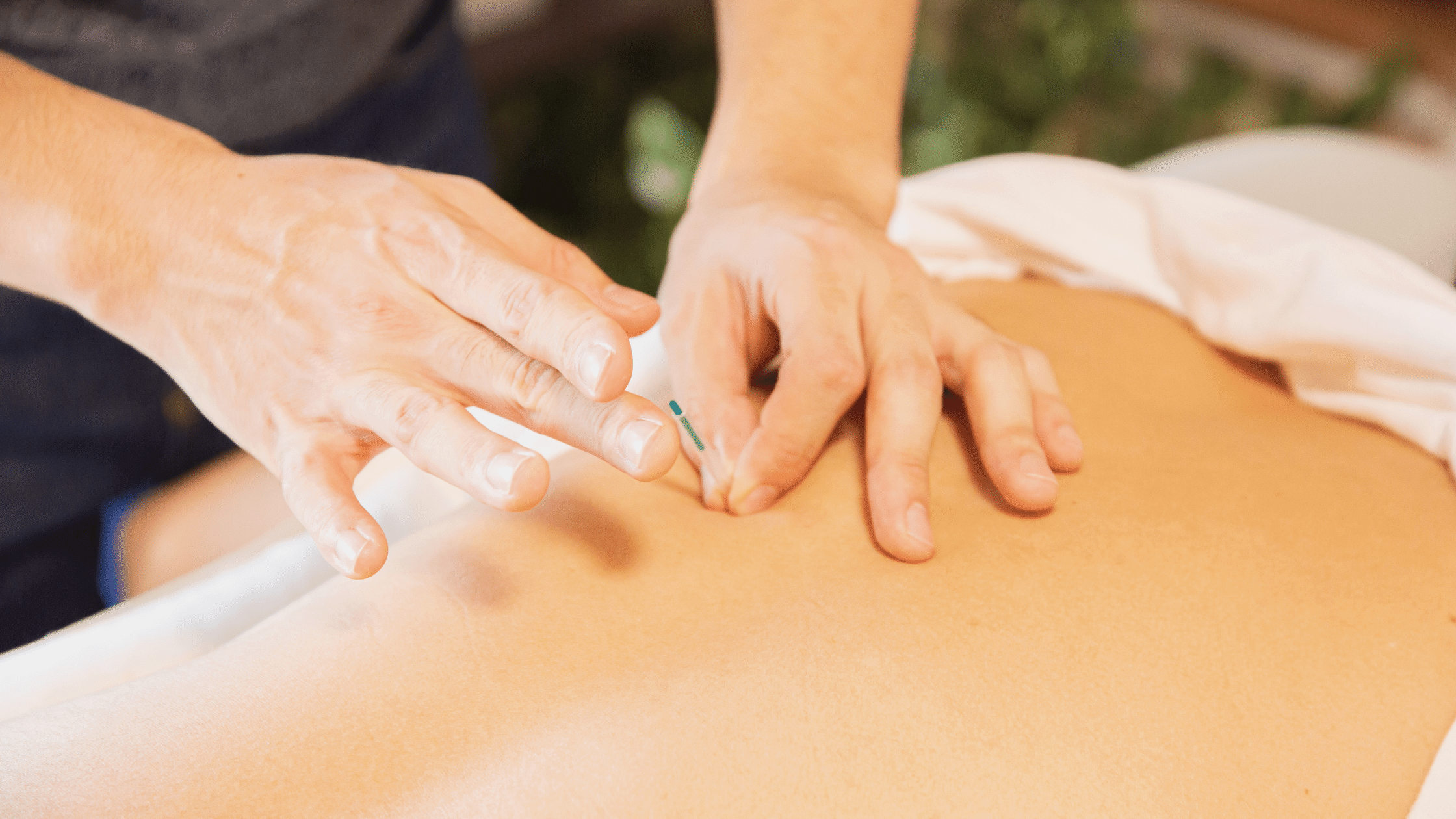Can Dry Needling Help Muscle Spasms? Causes and Options For Treatment

Licensed Physical Therapist, PT, MSPT // Certified Dry Needling Specialist / Clinical Director of EW Motion Therapy Hoover
Muscles twitch randomly all the time, but if the twitching becomes more consistent and you cannot get it to stop, that may be a muscle spasm. Muscle spasms can be painful and even prevent you from doing some of your daily activities as easily as you did before. So what can you do? What are the best treatment options?
One potential treatment option for muscle spasms is dry needling. It is understandable to feel nervous about dry needling, especially if you have never done it before, but rest assured it could help to reset that dysfunctional muscle pattern. Many of our physical therapists at EW Motion Therapy are certified in dry needling, and they can walk you through the entire process, ensuring you feel completely comfortable with the procedure before moving forward. Even if you decide to get dry needling elsewhere, it is crucial to understand how it could help improve your muscle function.
This article discusses some potential causes of muscle spasms, how dry needling can help, and some other things you can try at home. With this information, you can ensure the health of your muscles and continue in your favorite activities.
Wanting to try dry needling for yourself? Click to download our 20 Dry Needling Questions, Answered to learn more.
What can cause muscle spasms?
A consistent muscle spasm can have many different causes. If you are an athlete like a runner, you can get muscle spasms in fatigued areas, like your hamstrings or quads, or in muscles adjacent to overworked areas, as they attempt to compensate for the other muscle’s weakness. Spasms can also be caused by electrolyte imbalances, as electrolytes get depleted from intense activity. If you have previously pulled or torn a muscle, it can sometimes spasm as part of the healing process as it gets used to its previous load. Spasms can be a side effect of medical conditions like diabetes, high blood pressure, neuropathy, kidney-related diseases, and neurological conditions like ALS. You can also experience muscle spasms if you are stressed, consume too much caffeine, or take certain medications, especially stimulants like Adderall. If you go to the doctor for any persistent spasms, they can address the causes with you and help you decide the best course of action.
How can dry needling help muscle spasms?
Dry needling can be effective for a muscle caught in a spasm because one of the main purposes of dry needling is to retrain dysfunctional muscle groups. The needle goes right down into the trigger point of the muscle, which is a little knot of muscle fibers, and creates a small inflammatory reaction that allows the trigger point to release, at which point you may feel a twitching sensation. The reaction puts more pressure on the nerve endings in that muscle tissue, which will send signals to release the trigger point. You may not even feel the trigger point of the muscle until the needle hits it, and you may not feel the release immediately, but most people who try dry needling do feel better after.
How can physical therapy help muscle spasms?
If you do dry needling in conjunction with physical therapy, your therapist can help you determine the cause of your spasm and use hands-on soft tissue mobilization to help with increased tension. They can also teach you some home exercises to address the affected muscles and the musculature around them. Dry needling is a very effective tool in a physical therapist’s toolbox, and your therapist may suggest it as part of a treatment plan if they feel it could help you.
What else can help muscle spasms?
Now you know more about muscle spasms and how dry needling can help. Along with doing your home exercises, you can improve your muscle health by recovering properly and making sure to stay hydrated, eat a balanced diet, and get enough sleep. You can also use ice or heat to help muscles recover from activity. This will allow your muscles to move and perform at their highest potential.
While muscle spasms can be small annoyances, they primarily become problematic when they inhibit you from doing your favorite activities. Getting the treatment you need is crucial to maintaining your muscle health and continuing your daily activities as best you can. We enjoy helping our clients move, feel, and live better at EW Motion Therapy, and we guarantee a first-class experience for each person in our clinics. If you are still curious about physical therapy, click the button below to download our answers to the most frequently-asked physical therapy questions.


